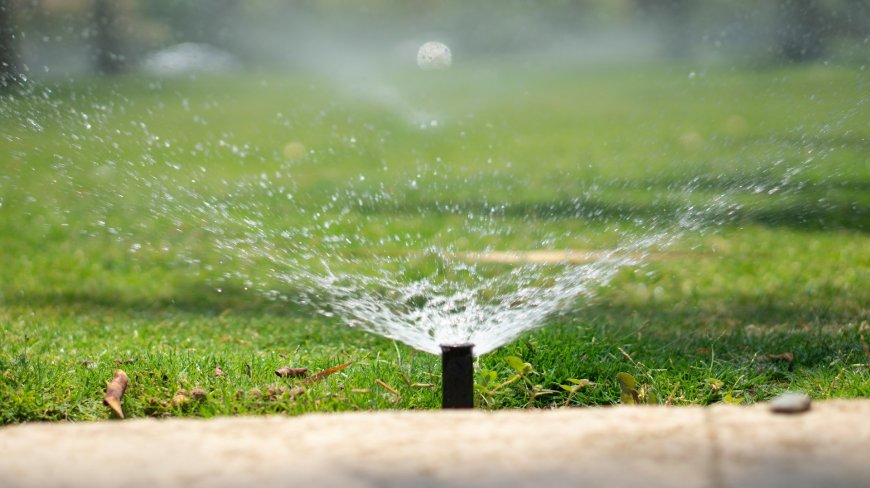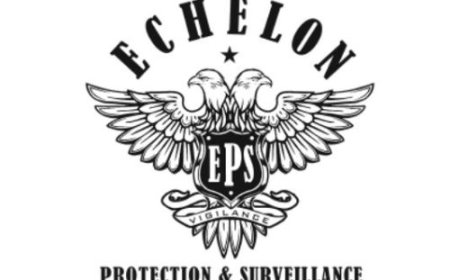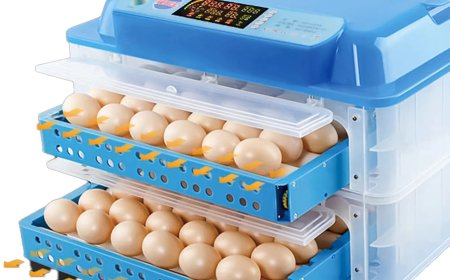Signs Your Sprinkler System Might Be Leaking Underground

Underground sprinkler systems are a convenient and efficient way to keep your lawn and garden lush and healthy. However, like any plumbing system, they can develop leaks over time, often hidden beneath the surface. An underground leak in your sprinkler system can waste water, increase your utility bills, and cause significant damage to your landscape if left unchecked. Identifying the signs of a leak early can save you time, money, and frustration. In this article, well explore the key indicators that your sprinkler system might be leaking underground and provide guidance on what to do next.
Why Underground Leaks Are a Problem
Before diving into the signs, its important to understand why underground leaks in sprinkler systems are a serious issue. A small leak might seem inconsequential, but over time, it can lead to:
-
Water Waste: Even a minor leak can waste thousands of gallons of water, driving up your water bill and harming the environment.
-
Landscape Damage: Excess water in the soil can drown plants, erode soil, or create swampy areas that promote mold and pests.
-
System Inefficiency: Leaks reduce water pressure, causing uneven watering and dry patches in your lawn.
-
Costly Repairs: If left unaddressed, leaks can damage pipes, fittings, or even your homes foundation, leading to expensive repairs.
Detecting a leak early allows you to address the issue before it escalates, preserving both your landscape and your wallet.
Key Signs of an Underground Sprinkler Leak
Here are the most common signs that your sprinkler system may be leaking underground. Keep an eye out for these red flags to catch issues early.
1. Unusually High Water Bills
One of the first signs of an underground sprinkler leak is an unexpected spike in your water bill. If your water usage hasnt changed significantly but your bill is climbing, it could indicate that water is escaping through a leak. Sprinkler systems use a substantial amount of water, and even a small, steady drip underground can add up over time.
What to Do: Compare your water bills from previous months to identify any unusual increases. If you suspect a leak, check your water meter when the sprinkler system is off. If the meter is still running, theres likely a leak somewhere in the system.
2. Wet or Soggy Spots in Your Yard
If you notice consistently wet, soggy, or muddy patches in your yardespecially when it hasnt rained recentlythis could be a sign of an underground leak. These areas often appear near sprinkler heads, valves, or along the path of underground pipes. The excess water may also cause grass to yellow or die due to over-saturation.
What to Look For: Pay attention to areas that remain wet even during dry weather. You might also see pooling water, sinkholes, or depressions in the ground where water is escaping and eroding the soil.
What to Do: Mark the soggy areas and inspect nearby sprinkler components. Turn on the system to see if the wet spots worsen, which could help pinpoint the leaks location.
3. Low Water Pressure in Sprinkler Heads
A noticeable drop in water pressure from your sprinkler heads is another common symptom of an underground leak. When water is escaping through a crack or break in the pipes, less water reaches the sprinkler heads, resulting in weak spray patterns or heads that barely function.
What to Look For: Observe your sprinkler system in action. Are some heads spraying weakly or not at all? Are certain zones underperforming compared to others? This could indicate a leak in the affected zone.
What to Do: Run each zone of your sprinkler system individually to isolate the issue. Low pressure in one zone often points to a leak in that specific line.
4. Dry or Brown Patches in Your Lawn
While wet spots indicate excess water, dry or brown patches in your lawn can also signal a leak. If water is escaping underground before it reaches the sprinkler heads, certain areas of your lawn may not receive adequate irrigation, leading to dry, patchy grass.
What to Look For: Look for uneven watering patterns, where some areas of your lawn are lush and green while others are dry or dying. This is especially common if the leak is significant enough to disrupt water flow.
What to Do: Check the sprinkler heads in the affected area for clogs or damage. If the heads are functioning properly, the issue may lie underground.
5. Mold, Mildew, or Fungal Growth
Excess moisture from a leak can create the perfect environment for mold, mildew, or fungal growth in your yard. If you notice unusual patches of moss, mushrooms, or slimy growth in areas near your sprinkler system, it could indicate that water is pooling underground.
What to Look For: Fungal growth often appears in shaded, damp areas. You may also notice a musty smell in the affected area.
What to Do: Inspect the area for signs of standing water or soggy soil. If the growth is concentrated near sprinkler components, a leak is likely the culprit.
6. Cracks or Damage to Your Foundation
In severe cases, an underground sprinkler leak can cause water to seep toward your homes foundation, leading to cracks, shifting, or other structural damage. This is more common with leaks close to your home or in systems that have been leaking for an extended period.
What to Look For: Check for cracks in your homes foundation, uneven floors, or doors and windows that stick. Outside, look for wet spots or erosion near the foundation.
What to Do: If you suspect foundation damage, contact a professional immediately. Addressing the leak and any structural issues promptly can prevent costly repairs.
7. Hiss or Gurgling Sounds
Sometimes, you can hear an underground leak before you see it. A hissing or gurgling sound coming from the ground, especially when the sprinkler system is running, can indicate water escaping through a broken pipe.
What to Look For: Listen closely near sprinkler heads, valves, or along the path of the pipes. The sound may be faint, so try inspecting during quiet times of the day.
What to Do: If you hear unusual sounds, turn off the water supply to the sprinkler system and contact a professional to locate and repair the leak.
8. Increased Pest Activity
Leaking water can attract pests like ants, mosquitoes, or rodents that thrive in moist environments. If you notice an uptick in pest activity near your sprinkler system, it could be a sign that water is pooling underground.
What to Look For: Watch for ant mounds, mosquito breeding in standing water, or signs of burrowing animals near wet areas.
What to Do: Address the pest problem and investigate the area for signs of a leak. Fixing the leak will often resolve the pest issue as well.
Steps to Take If You Suspect a Leak
If youve noticed one or more of these signs, its time to take action. Heres a step-by-step guide to confirming and addressing an underground sprinkler leak:
-
Turn Off the System: Shut off the water supply to your sprinkler system to prevent further water loss and damage.
-
Inspect Visible Components: Check sprinkler heads, valves, and exposed pipes for visible damage or leaks.
-
Run a Zone-by-Zone Test: Turn on each zone of your sprinkler system individually to identify which zone is affected by low pressure or other issues.
-
Check Your Water Meter: Monitor your water meter when the system is off. If its still running, you likely have a leak.
-
Call a Professional: Underground leaks can be difficult to locate and repair without specialized equipment. A professional irrigation specialist can use tools like acoustic leak detectors or pressure tests to pinpoint the issue.
-
Repair and Monitor: Once the leak is repaired, monitor your system and water bills to ensure the issue is fully resolved.
Preventing Future Leaks
Preventing underground leaks is easier than dealing with the aftermath. Here are some tips to keep your sprinkler system in top shape:
-
Regular Maintenance: Schedule annual inspections with a professional to check for wear and tear, especially before the start of the irrigation season.
-
Winterize Your System: In colder climates, properly winterize your sprinkler system to prevent pipes from freezing and cracking.
-
Monitor Water Pressure: Install a pressure regulator to prevent excessive pressure from damaging pipes.
-
Avoid Physical Damage: Be cautious when aerating your lawn or digging near sprinkler lines to avoid puncturing pipes.
-
Upgrade Aging Systems: If your sprinkler system is old, consider upgrading to modern materials like PVC or polyethylene, which are more durable.
Conclusion
An underground sprinkler leak can be a silent but costly problem, wasting water and damaging your property if left unchecked. By staying vigilant for signs like high water bills, soggy spots, low pressure, or unusual growth in your yard, you can catch leaks early and take action. Regular maintenance and prompt repairs are key to keeping your sprinkler system running efficiently and your landscape thriving. If you suspect a leak, dont hesitate to call a professional to diagnose and fix the issue before it escalates. With the right care, your sprinkler system can continue to keep your lawn green and healthy for years to come.



































